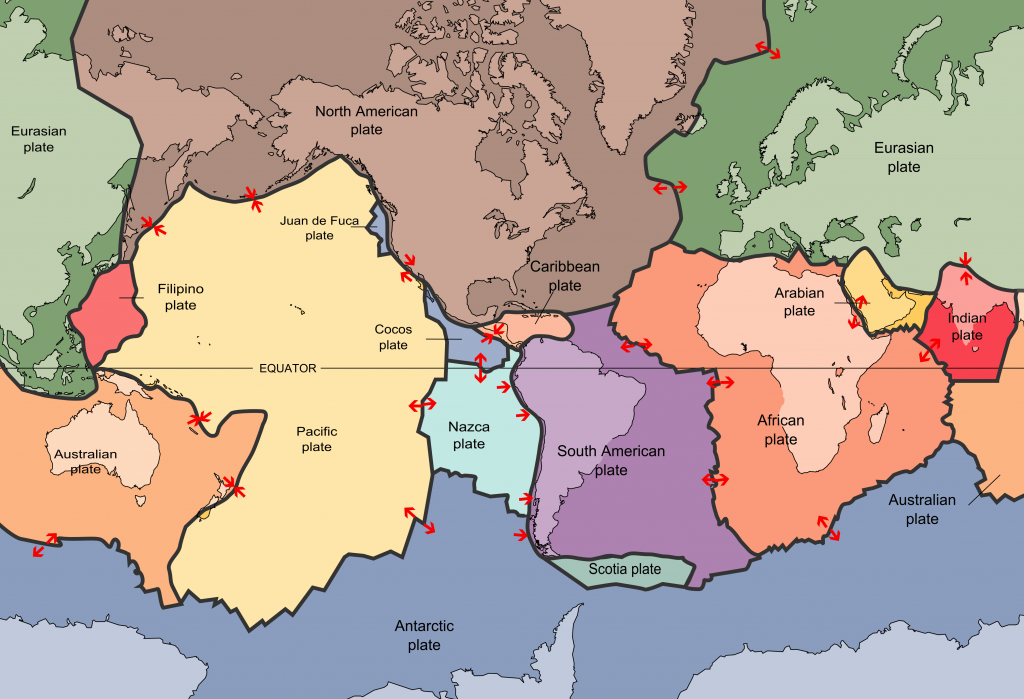
Addressing Geological Theory
As part of my research for this site, I looked into what the ‘experts’ tell us about mountain formation.
I do not believe that current geological theory satisfactorily explains how mountains are created and I will explain why. I am not a geologist and I am looking at these theories from the point-of-view of a ‘layman’ only.
According to Wikipedia, mountains are created in the following ways:
- “Volcanic mountains…Movements of tectonic plates create volcanoes along the plate boundaries, which erupt and form mountains.
- Fold mountains…When plates collide or undergo subduction (that is – ride one over another), the plates tend to buckle and fold, forming mountains.
- Block mountains….When a fault block is raised or tilted, block mountains can result.
- Uplifted passive margins…Unlike orogenic (an orogeny is defined by Wikipedia as ‘an event that leads to both structural deformation and compositional differentiation of the Earth’s lithosphere (crust and uppermost mantle) at convergent plate margins’) mountains there is no widely accepted geophysical model that explains elevated passive continental margins such as the Scandinavian Mountains, Eastern Greenland, the Brazilian Highlands or Australia’s Great Dividing Range.
- Residual mountains…are formed as a result of erosion of an existing elevated area.”
Please refer to Figure 1 which shows purported tectonic plate boundaries. The major problem with the geological theory is that many mountains are nowhere near tectonic plate boundaries. Also, they are sometimes surrounded by relatively flat ground which makes it seem unlikely that they happened as the result of tectonic plate action involving the destructive forces that are claimed. If the explanation is that they are simply ‘Residual mountains’, how did the ground rise in such a selective fashion in the first place?
As can be seen in point 4, “there is no widely accepted geophysical model that explains elevated passive continental margins such as the Scandinavian Mountains, Eastern Greenland, the Brazilian Highlands or Australia’s Great Dividing Range.” So there are already known gaping holes in the theory.
I maintain that most mountains are the remains of buildings, and this site will continue to show examples. If there are any geologists reading this who would like to let me know how I am wrong in my conclusions about geological theory, please get in touch. I am still waiting to hear from any geologists to explain how water can erode in a regular stepped fashion as posed in this post.